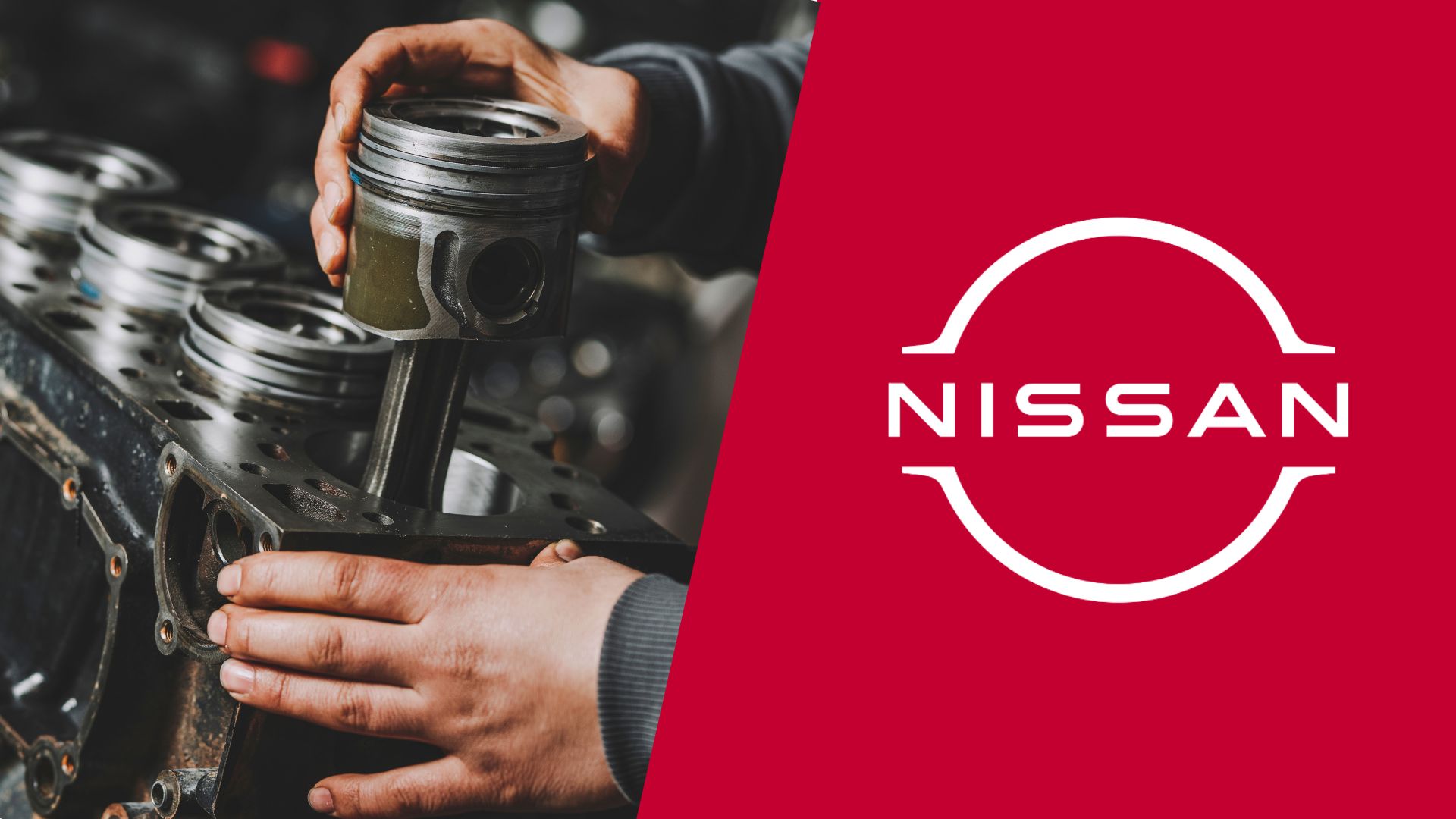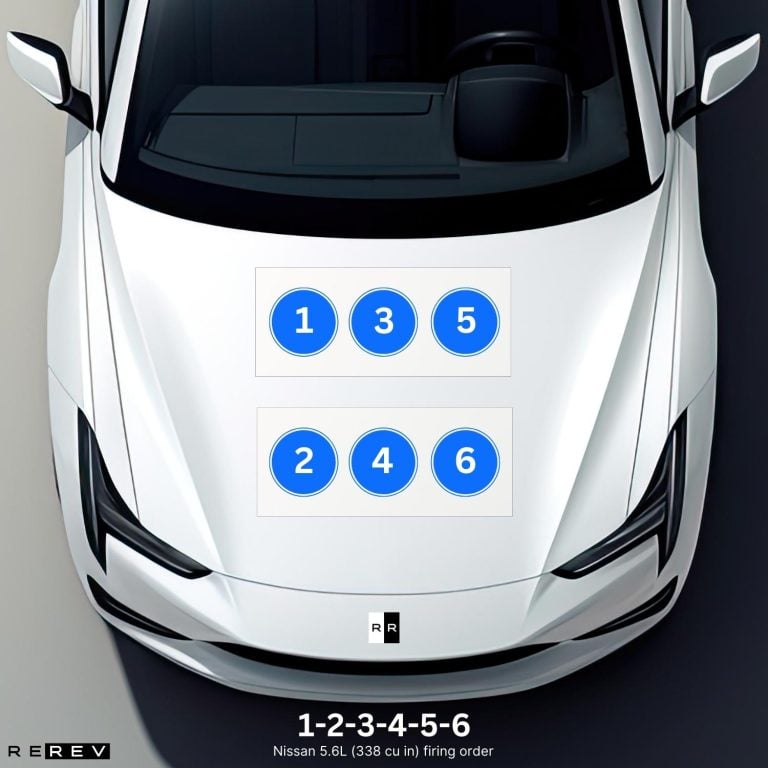Nissan 3.5L (213 cu in) firing order — diagram & guide
Optimizing performance with the essential Nissan 3.5L firing order guide.

Among all the special engines that came out of Nissan factories over the years, the 3.5-liter V6 makes arguably the most special noise. It’s an engine that requires proper care and knowing the Nissan 3.5L (213 cu in) firing order can get you there.
We know it can sometimes be confusing, especially with so many engines with a similar capacity being there, so it’s not easy to find the precise firing pattern. That’s where our team jumps in since our automotive experts will lead the way with detailed explanations of the firing sequence and cylinder numbering.
Nissan 3.5L firing order
Let’s start with the most important thing – the Nissan 3.5L firing order is 1-2-3-4-5-6 and the engine uses a very specific ignition system. To be precise, it doesn’t use a regular distributor which is why the wires of ignition coils that power the spark plugs aren’t plugged in directly into the distributor.
Because of this, there’s no “chaotic” firing order in the sense that it goes in a seemingly unorganized order. Instead, each cylinder fires in its place from 1 to 6, which is a good thing but can sometimes seem confusing to drivers.
Still, it’s a firing pattern that’s easy to remember and it also helps produce that beautiful exhaust note as the cylinders fire in exact order from 1 to 6.
Nissan 3.5L cylinder arrangement

Moving on to the next important thing, we have to discuss the cylinder layout of this engine. It’s the only way we can ensure that you use the firing order properly, and there’s another chunk of relief coming your way with this one.
The 3.5-liter engine is a V6, which means it has two banks with three cylinders each. However, they are arranged in “even” and “odd” banks, which makes your job a bit easier. Looking from outside the car, if the engine is right in front of you, you’ll first see the “even” cylinder bank.
This one includes cylinders 2, 4, and 6 from left to right, while the “odd” cylinder bank is right above this one with cylinders 1, 3, and 5 from left to right as well. So, you could say that the first cylinder is the one at the top end of the engine on the passenger’s side.
Nissan 3.5L vehicle applications
The 3.5-liter V6 is most widely known for its application in the iconic car and tunning legend in the US, the Nissan 350Z. However, it was also used in a few other cars and even some SUVs, so here’s a complete list:
- Nissan 350Z
- Nissan Murano
- Nissan Maxima
- Nissan Pathfinder
- Nissan Altima
The same engine was even used in a few Infiniti models, including the brand’s counterpart to the 350Z, the G35. It was also featured in a few more of the manufacturer’s cars such as the FX35, JX35, and even the QX60.
Our take
Overall, the 3.5-liter V6 engine by Nissan was and still is one of the most durable engines that the company has made so far. The tunning capacity of this engine surpasses all expectations when it comes to naturally aspirated engines, and since it can handle such a load, you know it’s pretty long-lasting.
Since it would be a shame to let such a remarkable and one of the best-sounding V6s slowly decay, you can now use the right firing order to keep it in shape for years to come thanks to our guide.